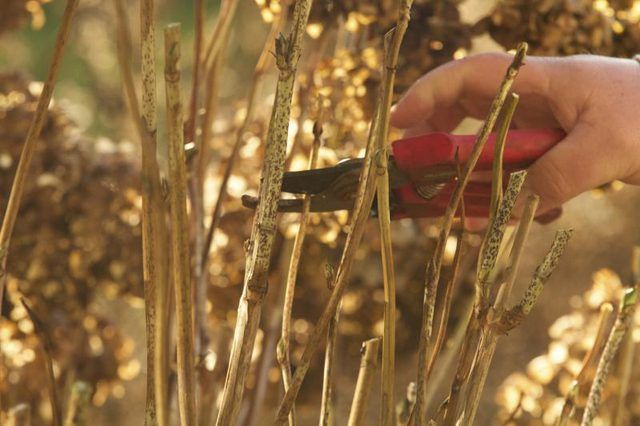Bulbs
Flower Basics
Flower Beds & Specialty Gardens
Flower Garden
Garden Furniture
Garden Gnomes
Garden Seeds
Garden Sheds
Garden Statues
Garden Tools & Supplies
Gardening Basics
Green & Organic
Groundcovers & Vines
Growing Annuals
Growing Basil
Growing Beans
Growing Berries
Growing Blueberries
Growing Cactus
Growing Corn
Growing Cotton
Growing Edibles
Growing Flowers
Growing Garlic
Growing Grapes
Growing Grass
Growing Herbs
Growing Jasmine
Growing Mint
Growing Mushrooms
Orchids
Growing Peanuts
Growing Perennials
Growing Plants
Growing Rosemary
Growing Roses
Growing Strawberries
Growing Sunflowers
Growing Thyme
Growing Tomatoes
Growing Tulips
Growing Vegetables
Herb Basics
Herb Garden
Indoor Growing
Landscaping Basics
Landscaping Patios
Landscaping Plants
Landscaping Shrubs
Landscaping Trees
Landscaping Walks & Pathways
Lawn Basics
Lawn Maintenance
Lawn Mowers
Lawn Ornaments
Lawn Planting
Lawn Tools
Outdoor Growing
Overall Landscape Planning
Pests, Weeds & Problems
Plant Basics
Rock Garden
Rose Garden
Shrubs
Soil
Specialty Gardens
Trees
Vegetable Garden
Yard Maintenance
How to Care for Oak Leaf Hydrangea
How to Care for Oak Leaf Hydrangea. Oak leaf hydrangea (Hydrangea quercifolia) is a deciduous, multi-stemmed shrub native to the southeastern United States. It thrives in U.S. Department of Agriculture plant hardiness zones 5 through 9. Reaching heights between 6 and 8 feet tall with an approximately equal spread, it produces large, oak-like,...

Oak leaf hydrangea (Hydrangea quercifolia) is a deciduous, multi-stemmed shrub native to the southeastern United States. It thrives in U.S. Department of Agriculture plant hardiness zones 5 through 9. Reaching heights between 6 and 8 feet tall with an approximately equal spread, it produces large, oak-like, dark-green leaves and cone-shaped clusters of flowers. Blossoms are white when young, but turn purplish-pink as they age. In autumn, the foliage changes to purple, copper or a rich red, providing fall interest. Oak leaf hydrangeas are low-maintenance plants with few major issues.
Sunlight and Water
Oak leaf hydrangeas grow well in partial shade, but may need extra shade in hot climates. They require moderately moist, well-drained, nutrient-rich soil.
Ensure plants receive about an inch of water a week, whether by rainfall or by manually watering plants. This is particularly necessary for the first year after planting. Plants will also need extra water during hot, dry weather. Oakleaf hydrangeas do not tolerate soggy soil, so avoid overwatering.
Add an inch or two of mulch around the base of the plant to maintain the soilís moisture level, ensuring mulch does not touch the plant.
Fertilization Needs
Oakleaf hydrangeas have minimal fertilization needs, asserts the North Carolina Department of Horticultural Science. Fertilize in late winter by applying 1.5 ounces of a water-soluble granular 10-10-10 fertilizer per 10 square feet of soil. Mix the fertilizer into the top 2 or 3 inches of soil, and water thoroughly. Begin fertilizing the year after you plant your hydrangea and each year thereafter.
Pruning Oakleaf Hydrangeas
Oakleaf hydrangeas require little pruning. If necessary, remove dead wood during the spring immediately after flowering. Every four to six years, cut between a quarter and a third of the branches to the ground in the spring, soon after flowering, to stimulate vigor and encourage growth. Pruning tools can transmit diseases from infected plants to healthy specimens. Soak shears before and after pruning in an equal mixture of rubbing alcohol and water for five minutes to kill any fungi or bacterium that may be present.
Winter Protection
Oakleaf hydrangeas may require protection during the cold winter months, especially if they are not yet established. If temperatures drop below minus 20 degrees Fahrenheit, cover plants with blankets, sheets or any available covering and secure the covering to the ground, to help maintain the temperature level inside the enclosure.
Possible Problems
Phytophthora root rot is a problem in oakleaf hydrangeas that are overwatered or grow in soggy soil. The foliage becomes stunted and turns yellow. Below the soil line, the roots change from off-white to brown and become brittle. This fungus does not respond well to fungicide, so avoid overwatering and make sure the site has good drainage before you plant.
Powdery mildew, another fungal infection, manifests as a powdery white growth on the leaves. Treat powdery mildew as soon as symptoms appear by adding a tablespoon of thiophanate-methyl to a gallon of water and spraying infected plants every 10 to 14 days as needed.